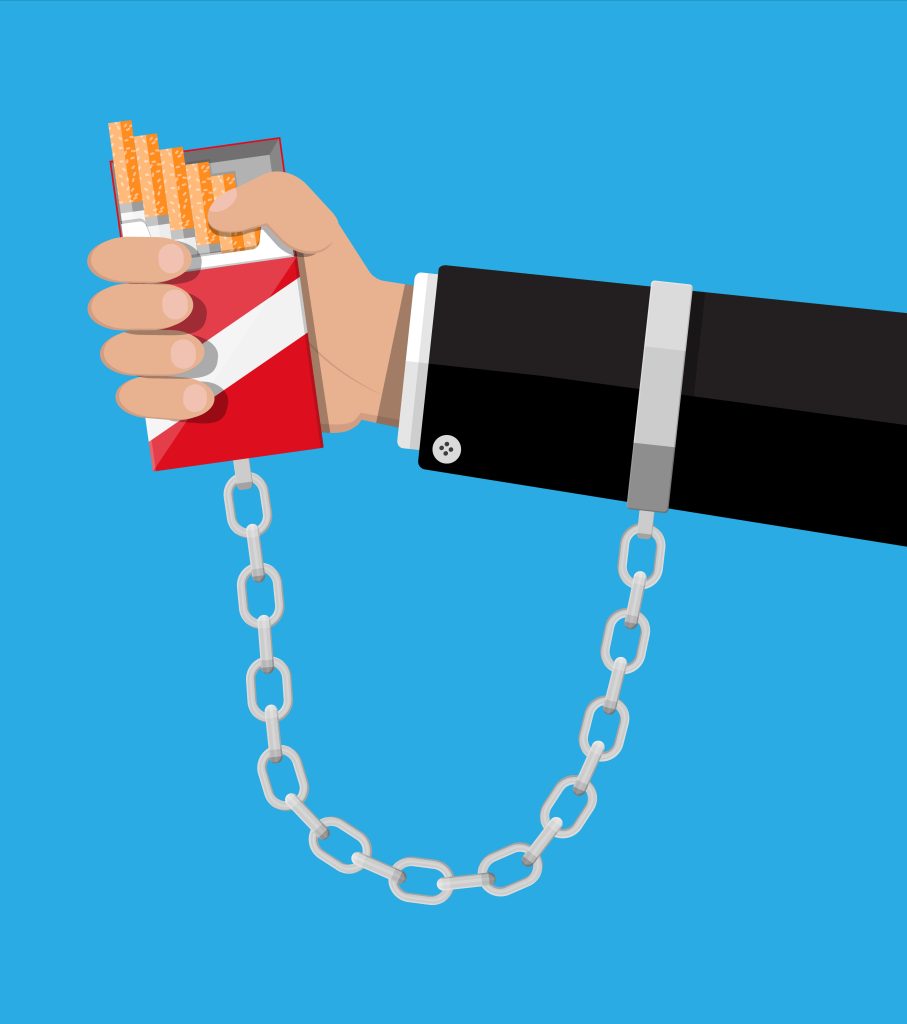The Challenge of Quitting Smoking
Smoking is one of the most difficult habits to break. For many, the idea of quitting cold turkey seems intimidating, and the withdrawal symptoms and cravings often lead to frustration and relapse. Instead of an all-or-nothing approach, gradual reduction offers a practical, sustainable way to take control of smoking habits and ultimately quit for good.

Step 1: Start With Small Changes
Begin by identifying how frequently you smoke. For instance, if you currently smoke every 30 minutes, set a goal to extend the time between cigarettes to one hour. Use a timer or a smart lockbox to help you stay on track. Locking your cigarettes during the time between smokes prevents impulsive use and helps you stick to your plan.
By increasing the intervals between smoking gradually—hour by hour or day by day—you allow your body and mind to adjust to smoking less without the overwhelming stress of immediate cessation.
Step 2: Reprogramming Your Brain
As you continue to lock away your cigarettes during specific periods, your brain starts to adapt. Instead of feeling the urge to smoke whenever the mood strikes, your cravings begin to align with the times when the lockbox is open. Over time, your brain learns that smoking only happens at set times, and cravings outside of those times naturally diminish.
This is because the brain builds habits based on patterns and experiences. When there’s no chance of smoking while the lockbox is closed, your brain stops creating the motivation to crave cigarettes during those times.
Step 3: Building Momentum
Unlike the cold turkey approach, which can intensify withdrawal symptoms, gradual reduction helps you build momentum through repeated successes. Each locked period is a small victory, and as you stretch the intervals between smoking, you start to experience moments of freedom from cigarettes.
These smoke-free moments can eventually become the norm, allowing you to enjoy life without constant cravings. As withdrawal symptoms subside, you’ll find that you’re not just smoking less—you’re beginning to enjoy the benefits of a life without cigarettes.
Step 4: Preparing for the Final Step
By the time you’ve reduced your smoking to just one or two cigarettes a day, you’ll have built the confidence and resilience needed to take the final step: quitting entirely. At this stage, smoking will no longer feel like a necessity but rather a choice you can leave behind.

Tools to Support Your Journey
Using a timed lockbox can make the process even easier. A lockbox allows you to physically remove cigarettes from easy access, helping you stay committed to your schedule. You can keep your cigarette packs locked away at home or use a smart cigarette case that locks with a timer to control when you can smoke throughout the day.
You can find these practical tools in our store to help you take control of your smoking habits and start your journey toward a smoke-free life.
Conclusion
Quitting smoking doesn’t have to be an overwhelming battle. With the gradual reduction approach, you can take control step by step, building new habits and experiencing freedom from cravings. Over time, as the intervals between smoking grow longer, you’ll discover the joy of life without cigarettes—on your terms. Take the first step today and explore the tools that can make your journey easier.
